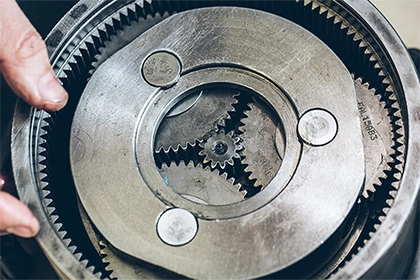
Why can't induction motor run at synchronous speed?
Induction motors cannot run at synchronous speed due to the absence of a rotating magnetic field that matches the frequency of the alternating current supply, resulting in slip and asynchronous operation.
An induction motor cannot run at its synchronous speed for several reasons. The first reason is that the synchronous speed of an induction motor is determined by the frequency and number of poles of the stator's magnetic field, and this speed is typically greater than the actual speed at which the rotor rotates.
The second reason that an induction motor cannot run at its synchronous speed is that the rotor of an induction motor is not mechanically connected to the stator's magnetic field. Instead, the rotor is driven by the magnetic field that is induced in it by the stator's magnetic field. This means that the rotor will always rotate at a speed that is slightly different from the synchronous speed of the stator's magnetic field.
The third reason that an induction motor cannot run at its synchronous speed is that the load on the motor will always cause the rotor to rotate at a speed that is different from the synchronous speed. In an induction motor, the load on the motor causes a drop in the voltage of the stator's magnetic field, which in turn causes a reduction in the speed of the rotor. This means that the rotor will always rotate at a speed that is slightly slower than the synchronous speed of the stator's magnetic field.
In summary, an induction motor cannot run at its synchronous speed for several reasons. The first reason is that the synchronous speed of an induction motor is typically greater than the actual speed at which the rotor rotates. The second reason is that the rotor of an induction motor is not mechanically connected to the stator's magnetic field, which means that the rotor will always rotate at a speed that is slightly different from the synchronous speed of the stator's magnetic field. The third reason is that the load on the motor will always cause the rotor to rotate at a speed that is different from the synchronous speed.



Leave a Comment